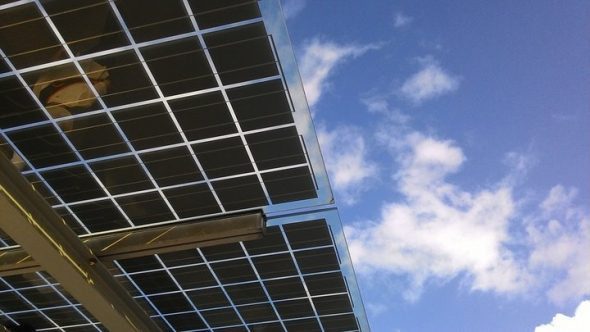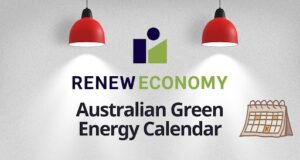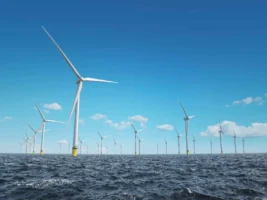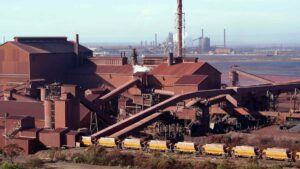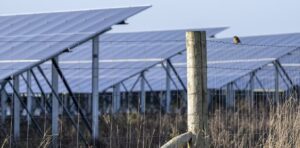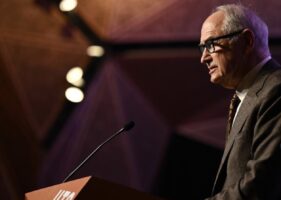With module prices slumping to record lows, concerns about module quality are mounting. As module makers search for a “market of last resort,” Australia’s reputation as a dumping ground for sub-standard modules could be a cause for concern.
As the global solar market descends into a period of overcapacity right across the supply chain, concerns are being raised that corners could be cut when with module makers’ quality control procedures.
Potential bankruptcies, resulting from the fierce competition on price, could also leave many product warranties void and project developers and installers exposed if failures or underperformance occurs.
“We’re basically in this massive oversupply situation,” says MJ Shiao, the director of solar research at GTM Research. “For the first time in a really long time you have no market of last resort, where module companies can just push supply into to prop up utilization.”
Shiao notes that module average selling prices in the U.S. have descended to the low end of the US$0.40/Wp range, having fallen from above US$0.50/Wp at the beginning of 2016. It is unlikely Australian module prices would be any higher than in the U.S., with no trade barriers currently in place.
“It is going to be an interesting period for module manufacturers, as soon as they were starting to see a bit of price stability,” says Shiao. “There will be an upside for the buyers of modules, but they will have to evaluate their suppliers carefully.”
The drivers of the current module oversupply on the demand side are primarily a rapidly cooling Chinese market in the second half of 2016, coupled with the construction of a significant number of U.S. projects being pushed back due to the extension of the Investment Tax Credit.
European markets are stable yet flat, however the only bright spot of recent years, the UK, has largely collapsed.
Further aggravating the module glut is on the supply side, where a large volume of cell and module capacity has come online in 2016, in China and also further afield in Southeast Asia and Korea.
“Lower module prices are positive in the long term for the industry, but the rate of drop is a concern. We hope that it won’t drop too much as we want folks in the industry to continue to have profitable growth,” says Clean Energy Associates’ (CEA) CEO Andy Klum.
“If you look back a couple of months ago we were shocked when pricing began to tip below US$0.50/W,” Klum continues, “but pricing has now dropped a further 10% on that level. That is a concern for us, being a quality assurance provider.” CEA works with large scale PV project developers to carry out factory audits and put in place testing regimes to reduce investor risk.
“It is true that the drop has been throughout the whole value chain, so it is cells, wafers and all the way upstream [to polysilicon]. But there is concern that there could be shortcuts taken on the manufacturing side,” says Klum.
GTM’s Shiao says that by comparison to the previous period in which a rapid fall in module prices took place, in 2011 and 2012, there currently are not the same cost reduction opportunities available to module manufacturers.
“A different here is that there is just not as much room left to fall,” says Shiao. “Material pricing wise and purely just in terms of absolute dollar-per-watt metric – you can’t shed US$1/W on your modules anymore!”
Implications for the Australian PV market are as yet to emerge. The project developers that have been successful under ARENA’s 480MW large scale round could be in for a significant windfall if they have not yet locked in module contracts. The rooftop market could also see a boost as price declines that increase solar’s competitiveness.
However, quality issues fundamentally threaten solar’s reputation in the market and with investors, and bankruptcies of second or third tier Chinese manufacturers could render some product warranties worthless.
“What we have experienced is that Australia has been somewhat of a dumping ground for sub-standard components,” says Solarmatrix managing director Durmus Yildiz.
The Perth-based developer, installer, and distributor reports that he has seen some installers take modules off rooftops in the past, having become worthless due to faults and resulting underperformance. “Maybe it is because we are close to Southeast Asia,” says Yildiz. “We seem to have standards that can be undermined.”
Solarmatrix was acquired by German developer and distributor BayWa r.e. earlier this month. The company says that it hopes to facilitate the Australian PV market’s evolution into, “a sustainable market… to educate and train installers to the do the right thing,” according to BayWa r.e. Managing Director Günter Haug.
The Australian Solar Council launched its Positive Quality program in 2014. The voluntary program includes a schedule of quality assurance tests that go beyond basic certification, however it has attracted only a handful of manufacturers.

